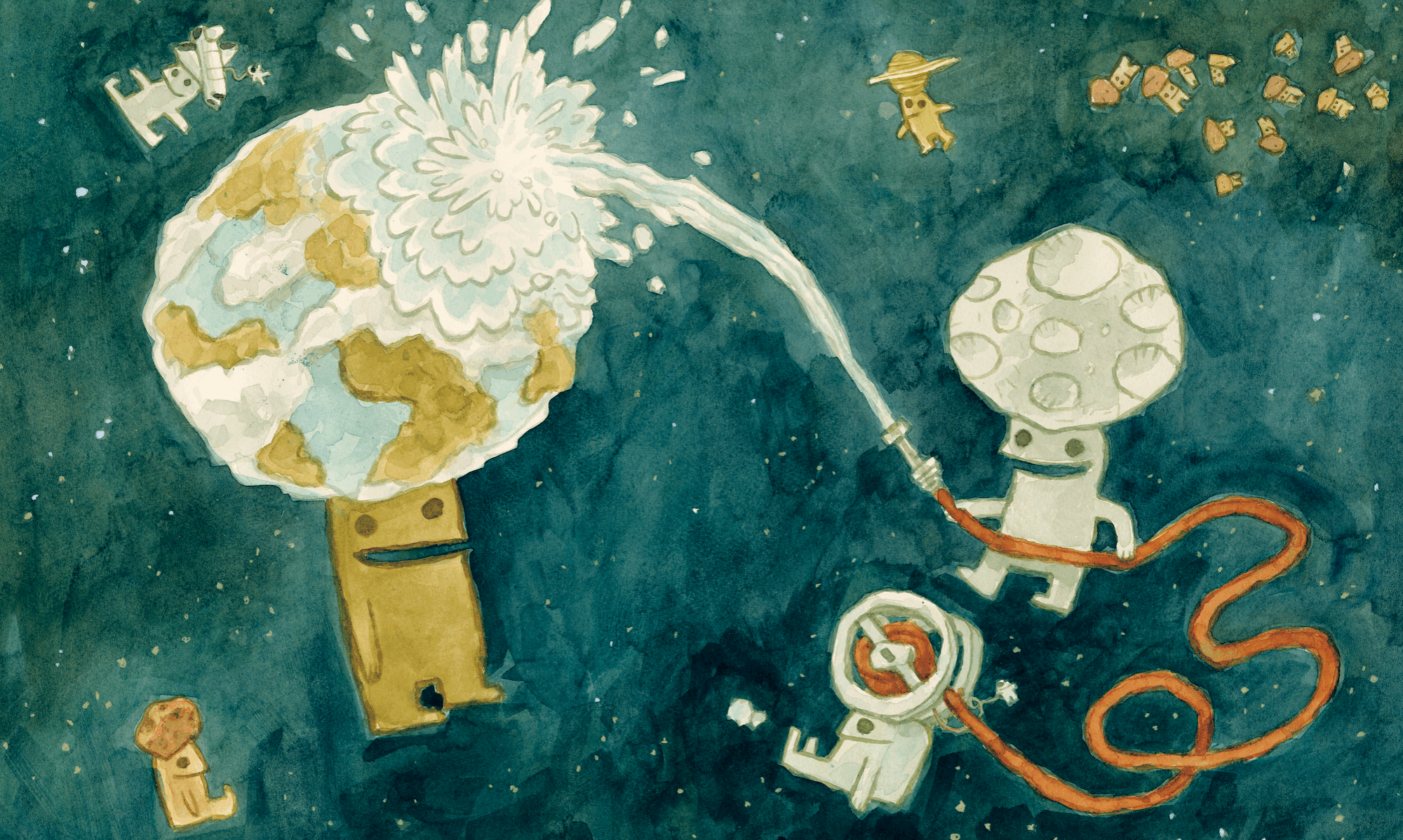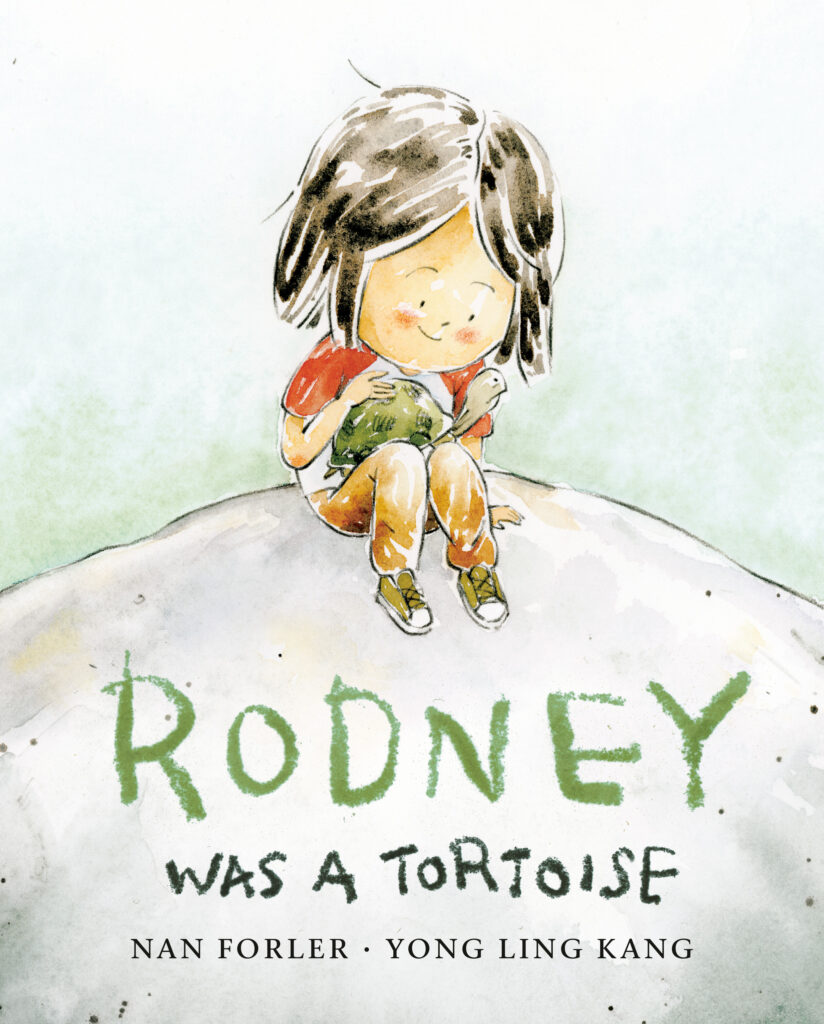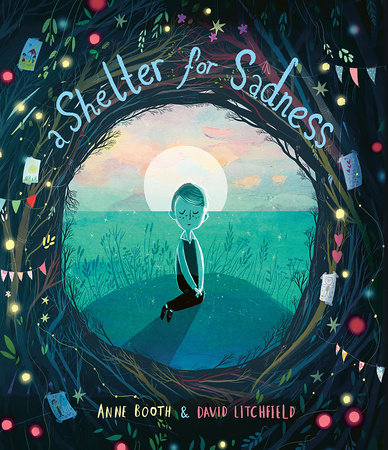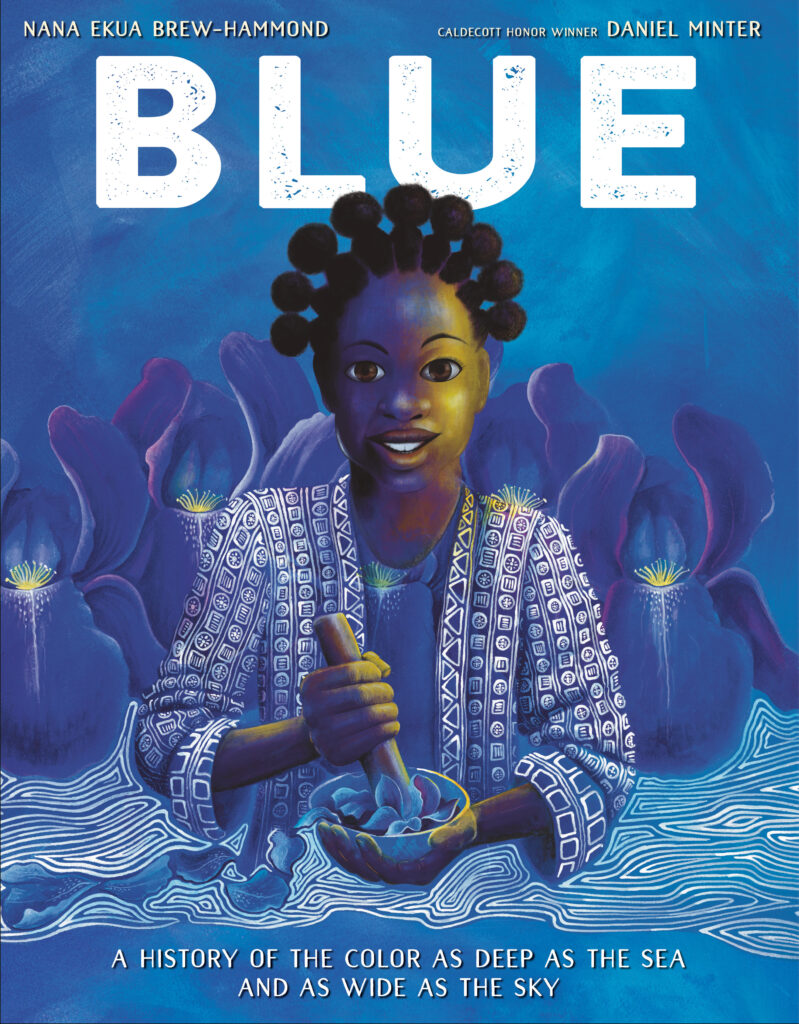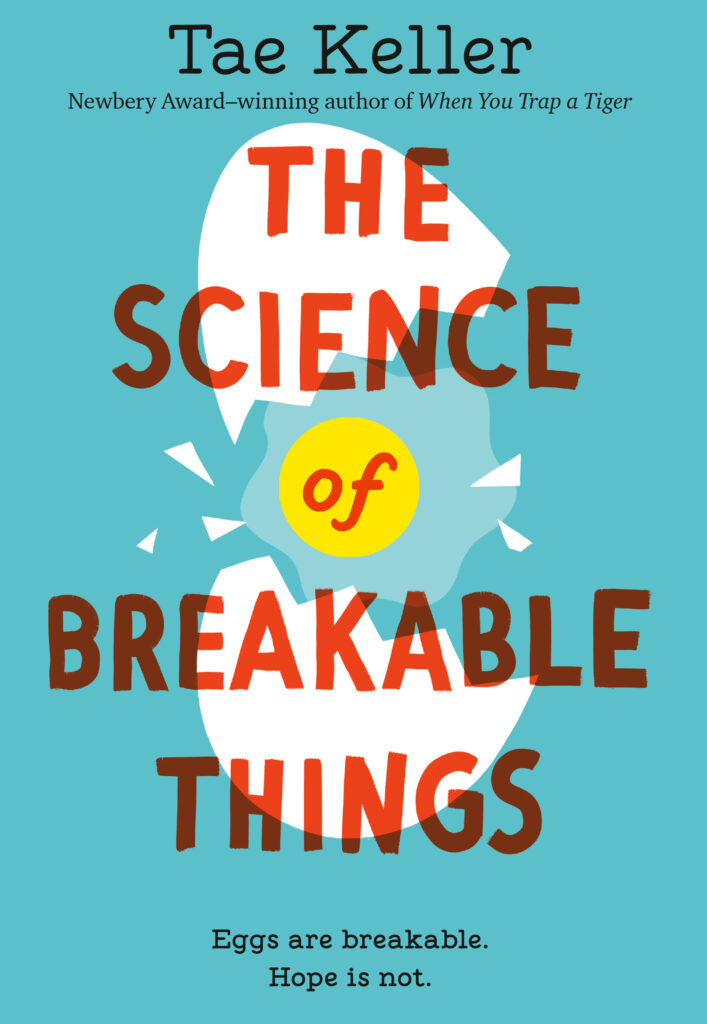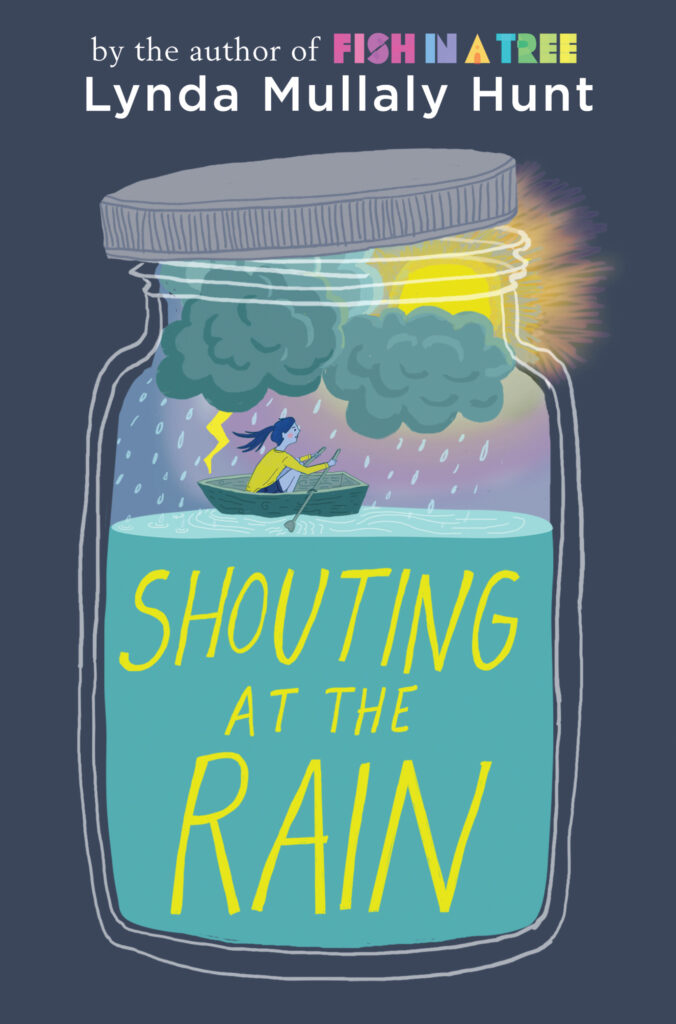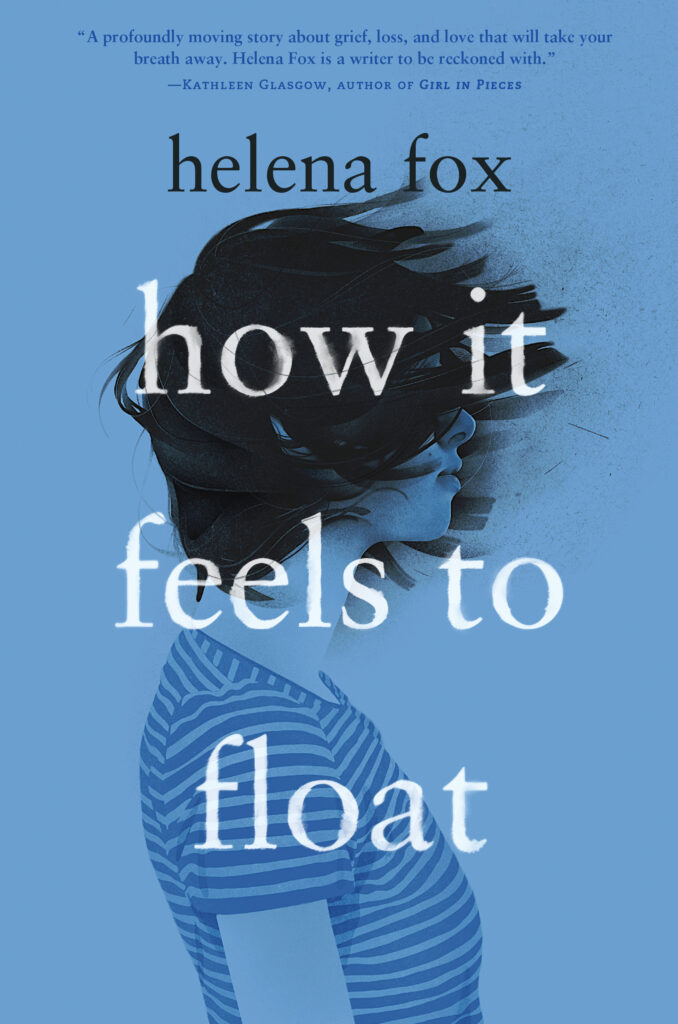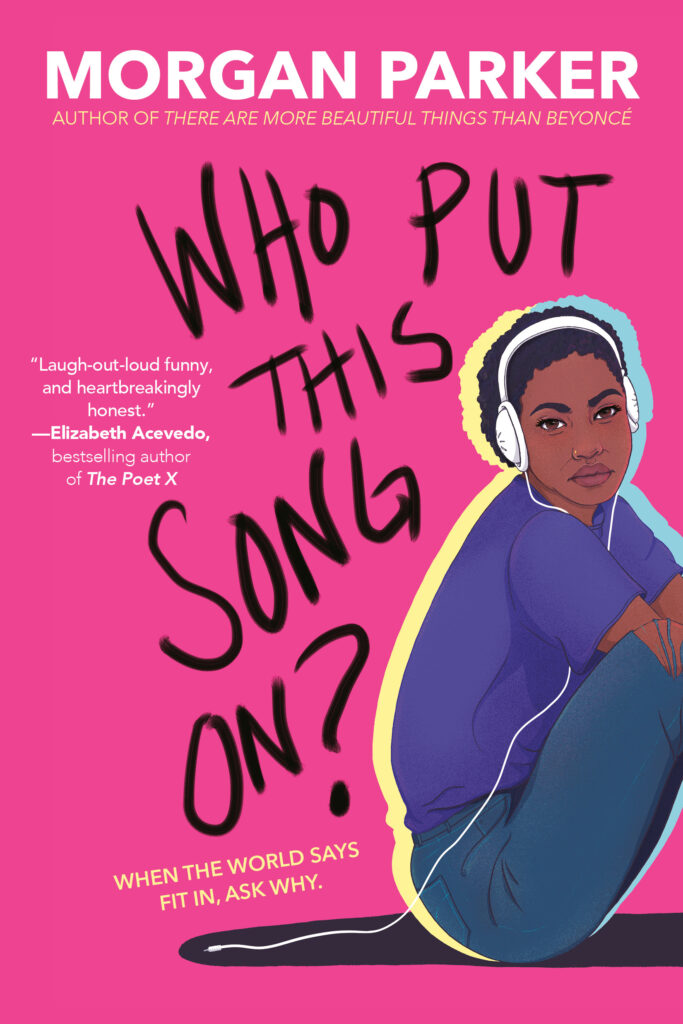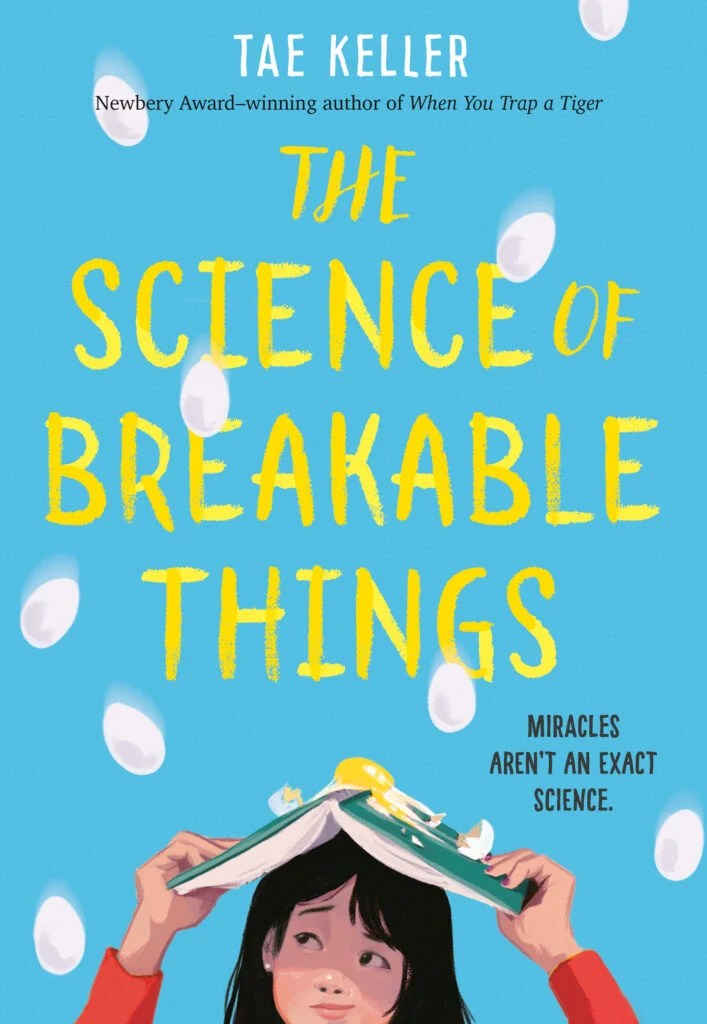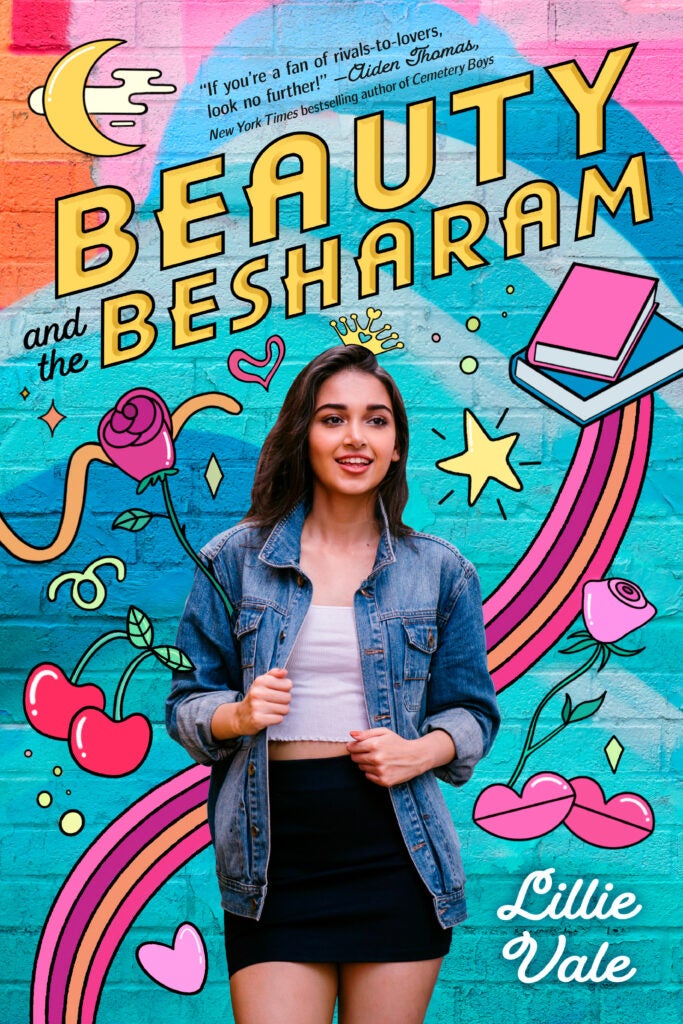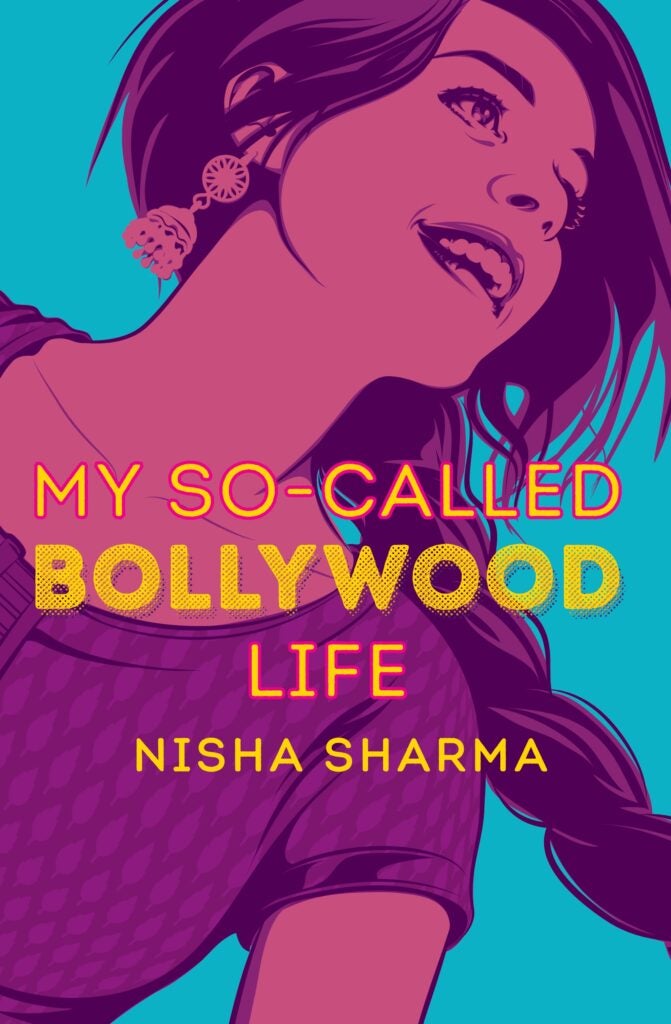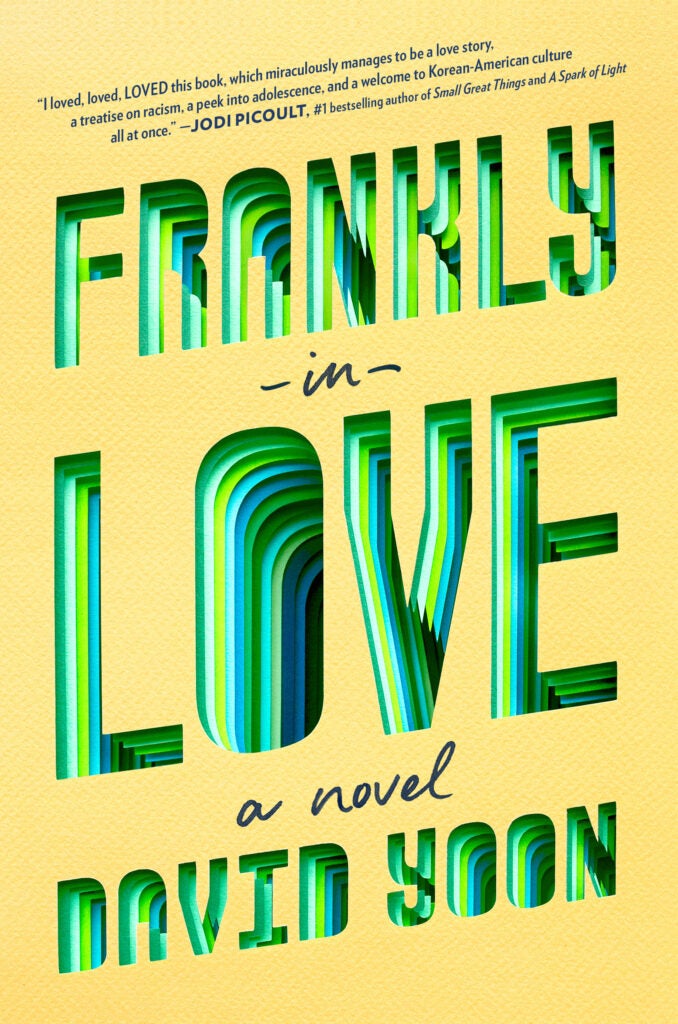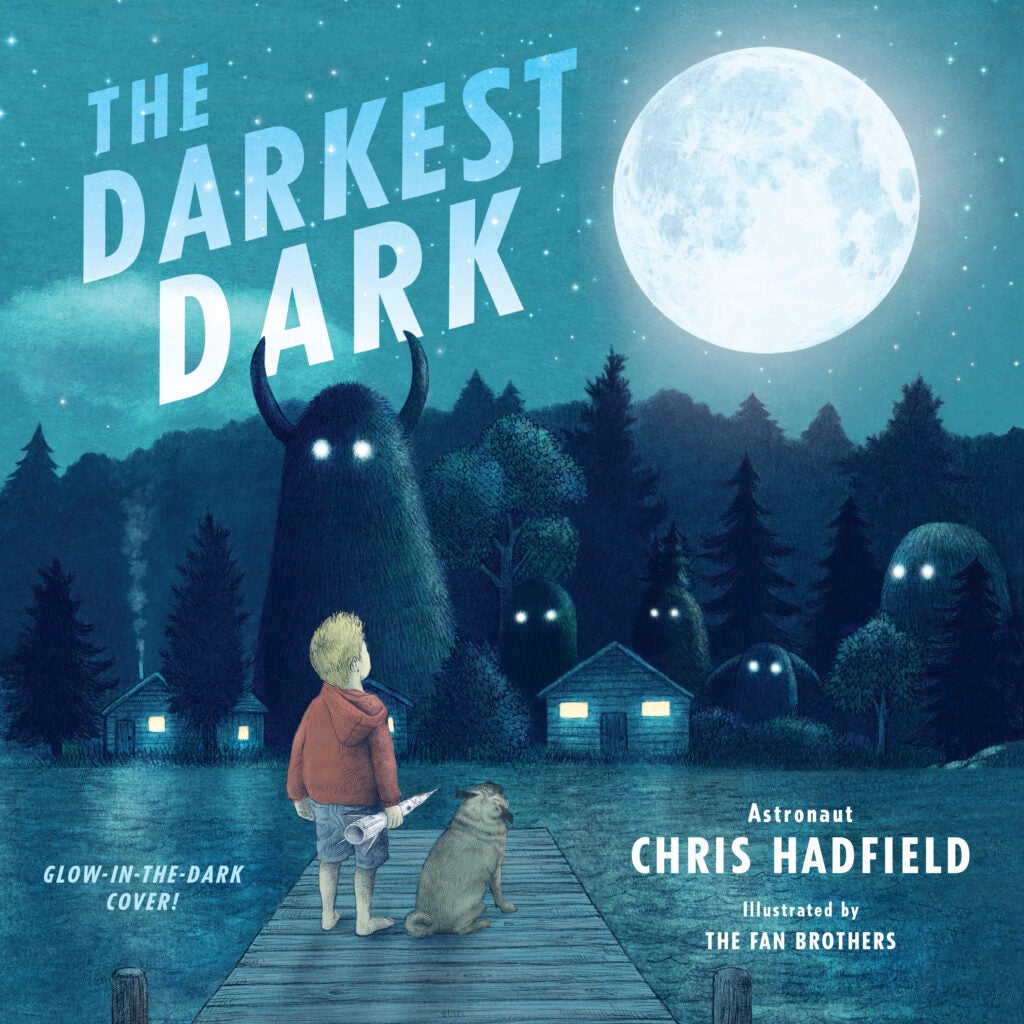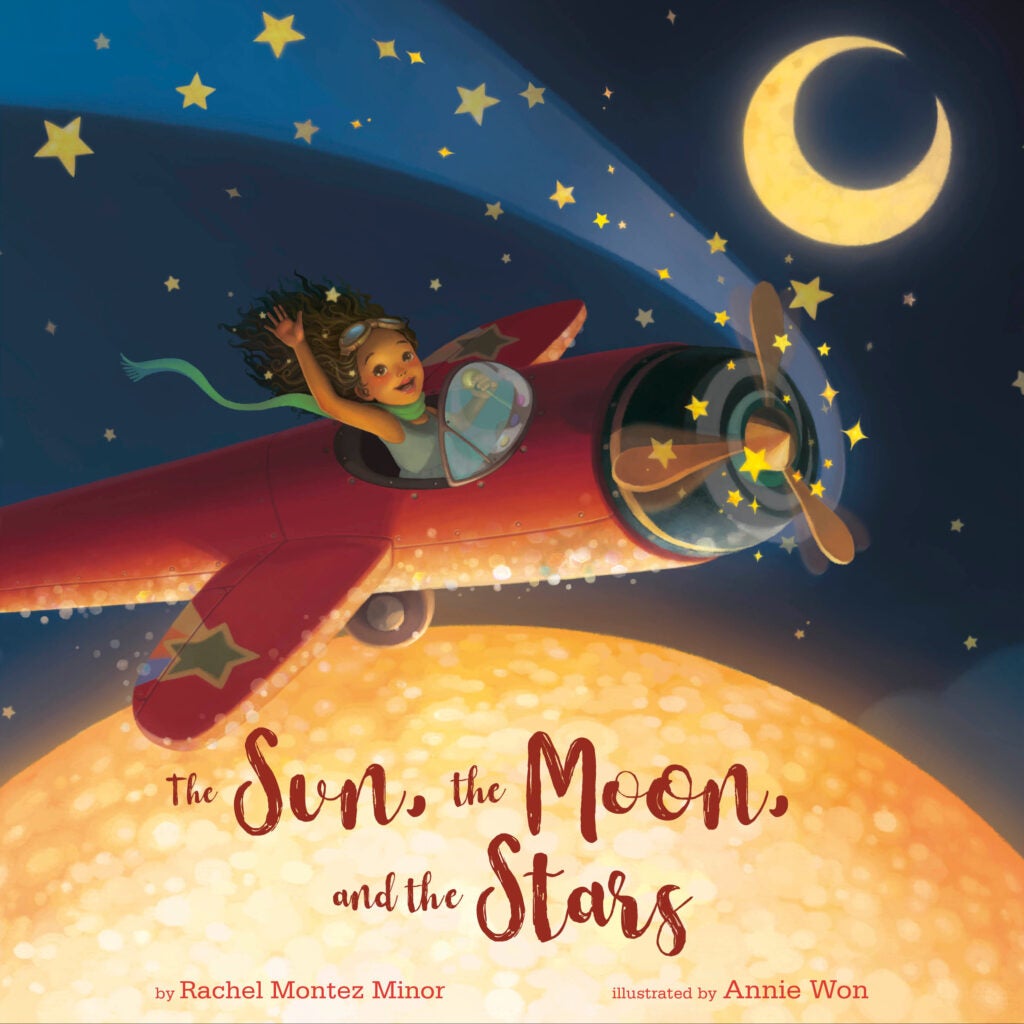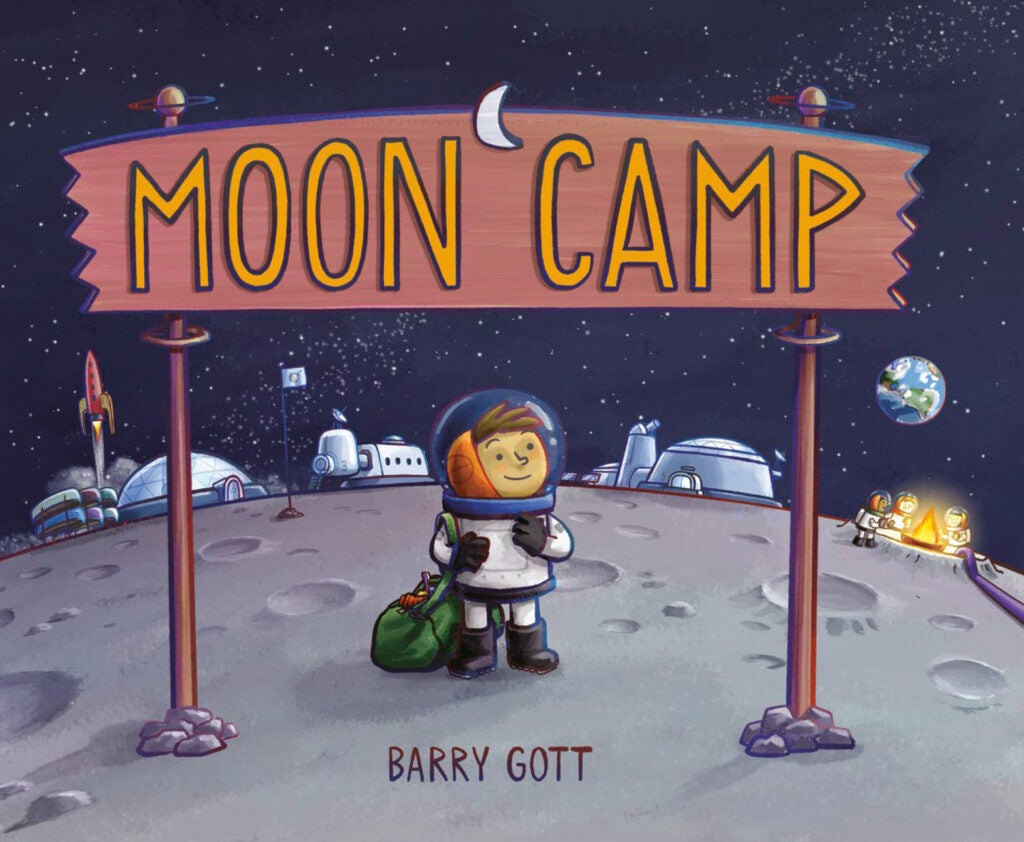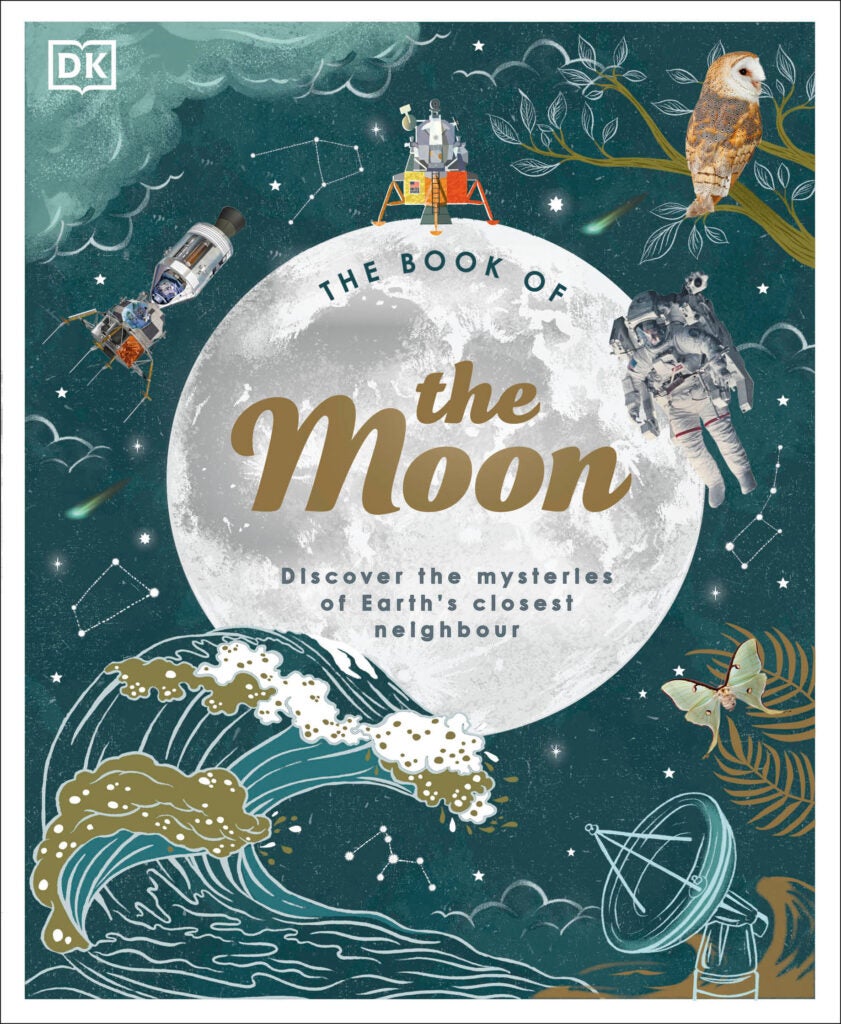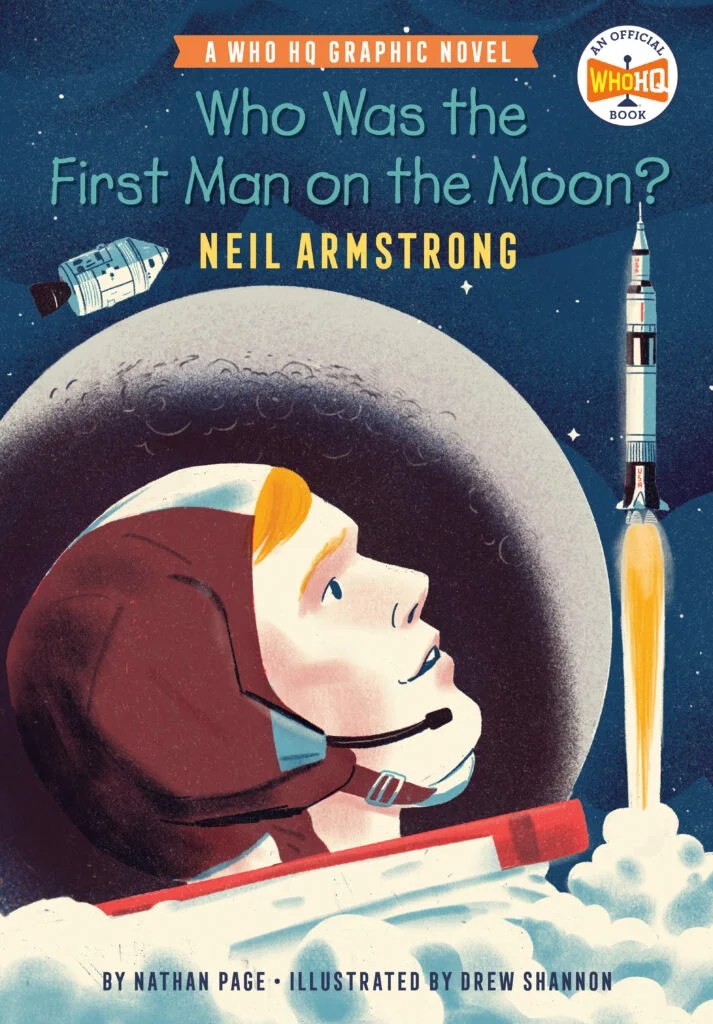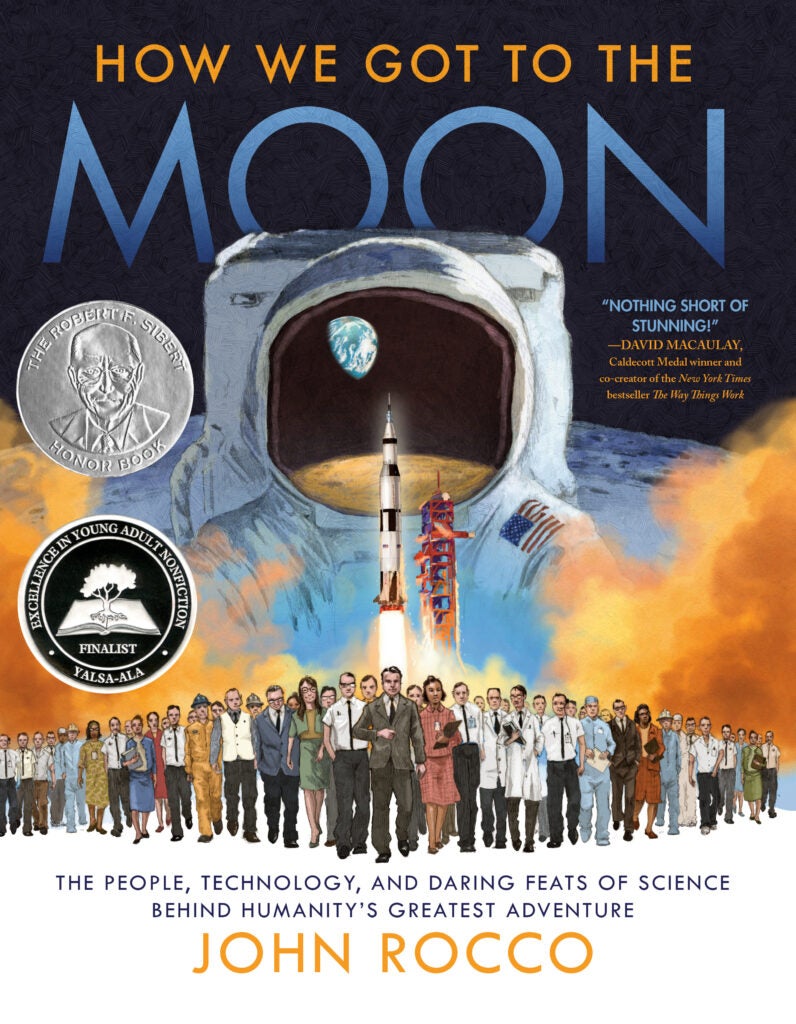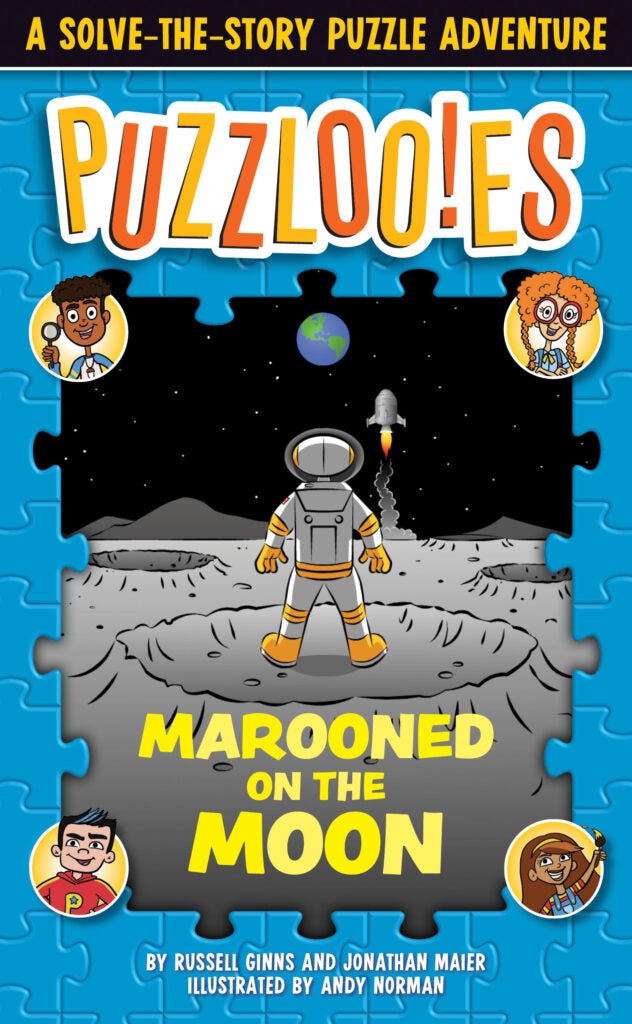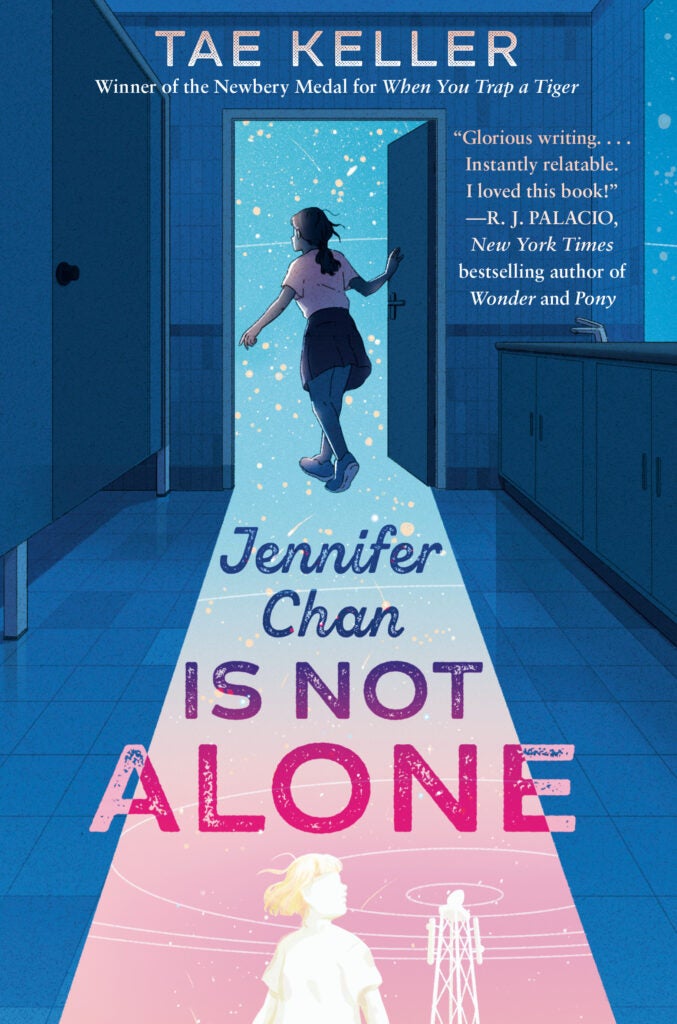Hello, and thanks for joining us at Tundra Telegram, the column where we scan the topics shifting around in readers’ heads so we can feel what you feel and recommend some suitable reading.
The film everyone is talking about this week is the multiple-award winning indie hit, Everything Everywhere All At Once. The movie (EEAAO, to friends) has been crowned with awards for acting, directing, and editing from some of the most prestigious accolades the film industry has to offer.
We at Tundra already put together a reading list (back in April 2022!) connected to EEAO, but this week, we wanted to present a few books for young readers that speak to one particular theme in the movie: that of the second generation East Asian-American experience, and the conflict and hardships between that generation and their immigrant parents.
PICTURE BOOKS
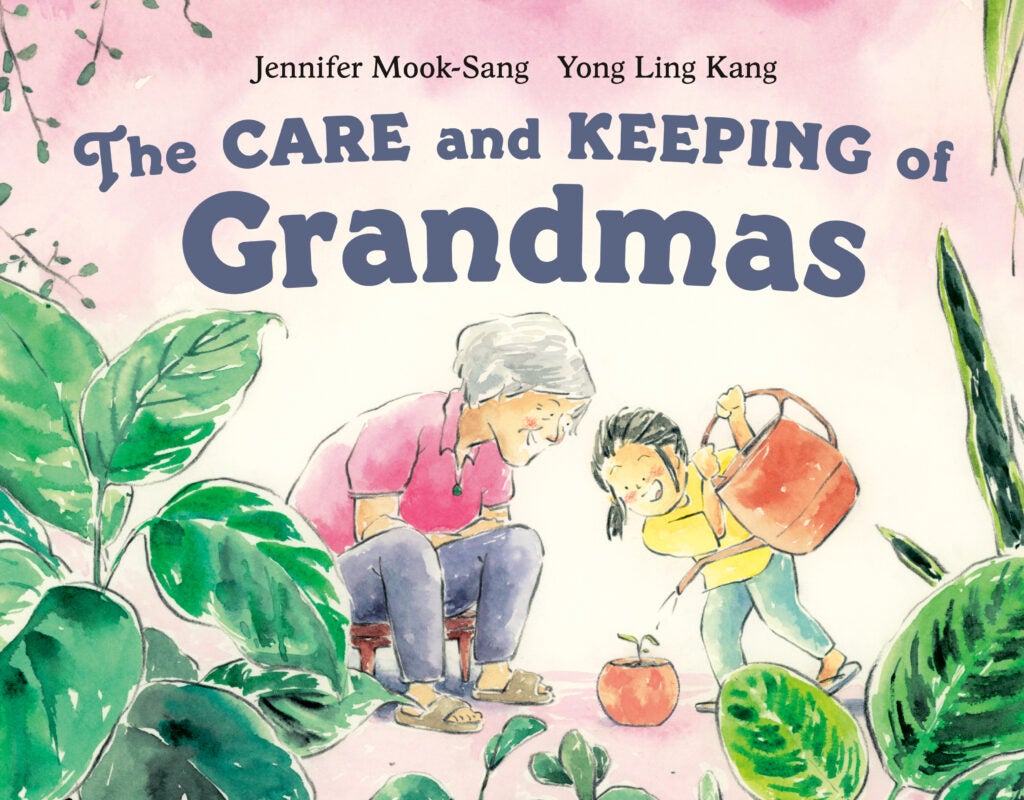

The relationship between a girl and the grandmother in Jennifer Mook-Sang and Yong Ling Kang‘s The Care and Keeping of Grandmas is a lot less fraught (and way more playful) than that between Becky and Gong Gong, but the picture book looks at the sometimes disorienting process of a grandparent coming to live with the family. Luckily, our young narrator has a lot of handy tips for making sure Grandma gets proper care in her new home.
Famed and influential children’s illustrator Gyo Fujikawa was born in Berkeley, California to Japanese-born parents, and the picture book It Began with a Page by Kyo Maclear and Julie Morstad chronicles how she had to make her own opportunities in a country where there were few for Asian Americans. Gyo worked for Disney, but soon her whole family was imprisoned during World War II. Then she later became a noted artist for young people, pushing against the publishing industry to illustrate children’s books that featured children of different races interacting with each other.


A girl’s embarrassment with her Chinese-born parents kicks off the acclaimed Watercress by Andrea Wang and Jason Chin. Like EEAO, the book represents a reconciliation of different generations, as the American-born daughter – first mortified when her parents stop their car to gather some watercress they spot on the side of the highway – learns to appreciate the fresh food they forage and their memories in their old country that inspired them to continue the practice in their new one.
Aside from love in a laundromat, what could be more romantic than love in the library? The true story of the author’s grandparents inspired Love in the Library by Maggie Tokuda-Hall and Yas Imamura, about two Japanese Americans imprisoned in an internment camp during World War II who strike up a friendship that becomes something more in the camp’s small library.
CHAPTER BOOKS & MIDDLE GRADE

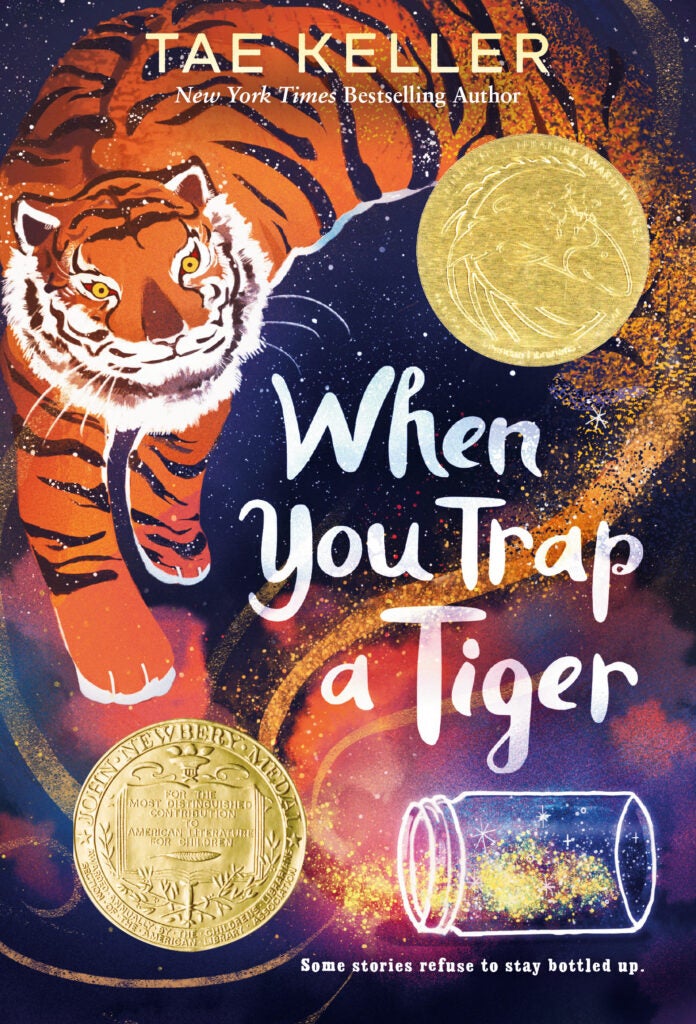
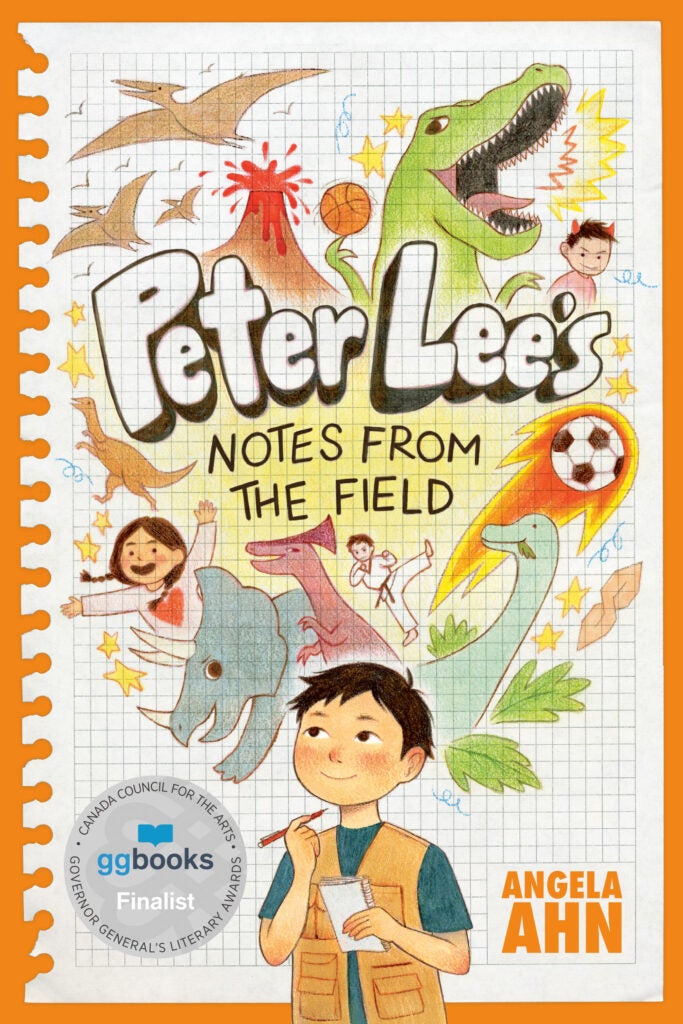
A fearful second grader is the star of the hilarious Alvin Ho books by Lenore Look and LeUyen Pham. Alvin Ho is afraid of nearly everything. And that fear connects with intergenerational tension when his GungGung’s best friend dies, and Alvin volunteers to join his grandfather at the funeral. Alvin Ho: Allergic to Dead Bodies, Funerals, and Other Fatal Circumstances sees Alvin face his fears to grow closer to his grandpa.
The past generation’s choices come to haunt the present in Tae Keller‘s Newbery winner When You Trap a Tiger. Lily and her family move in with her sick grandmother, but what they don’t know is grandma stole something from mythical, magical tigers in her youth. Now one of the tigers is back and offers Lily a trade for her grandmother’s health – but can you trust a magical tiger?
Speaking of sick grandmas, Peter Lee’s Hammy is quite ill in Angela Ahn‘s Peter Lee’s Notes from the Field, and the eleven-year-old finds himself conflicted about the silence in his family. But Peter, who has honed his observation and experimental skills in his efforts to become a paleontologist, tries to use his science skills to make a plan to help out Hammy.
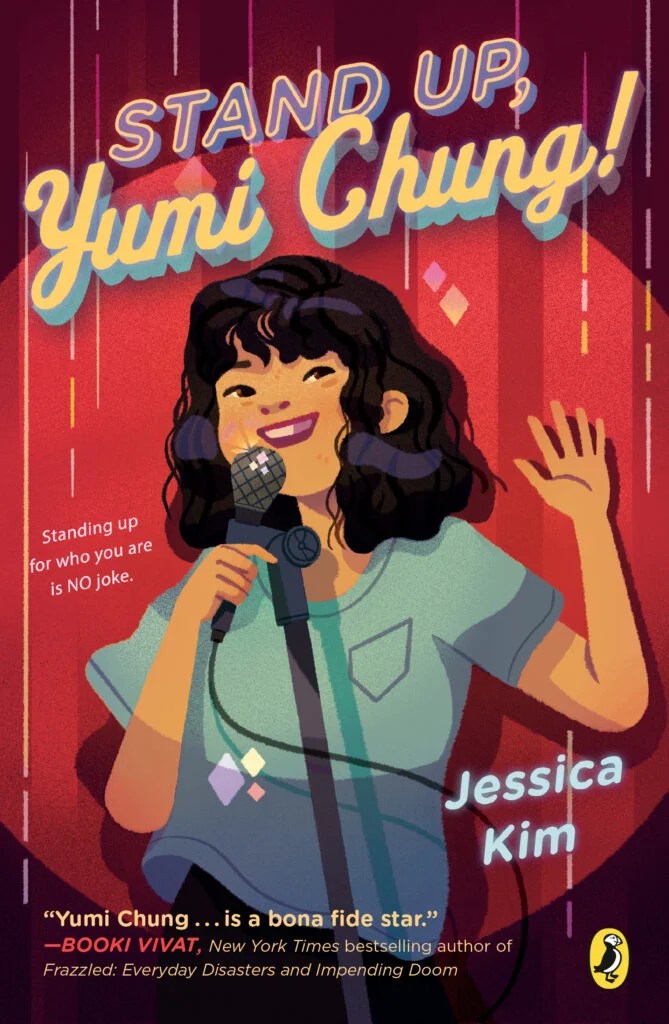


Conflict over career choice underlies Stand Up, Yumi Chung! by Jessica Kim, as the titular Yumi Chung tries to convince her parents that she has a future career as a comedian. Her Korean parents want her to pass a scholarship exam so she can attend an exclusive private school. But when she stumbles into a comedy camp led by her idol Jasmine Jasper and is mistaken for another camper, her madcap double life begins!
Tiến, not unlike Becky in EEAO, is a second generation immigrant who struggles with how to tell his Vietnamese parents he is gay in the beautiful graphic novel The Magic Fish by Trung Le Nguyen. But he loves his family and friends and wants to share his secret with them, so he uses his beloved fairy tales to navigate through the difficult conversations and choices in his life.
Sisters Stella and Luna (who are not bats) learn about their mama’s youth in the Philippines in Cookie Hiponia‘s We Belong, a novel in verse that combines the immigrant experience with Filipino myth and legend. The girls ask their mama about the Philippines, and she combines her childhood as a strong-willed middle child and immigrant with that of the story of Mayari, the mythical daughter of a god.
YOUNG ADULT



The feeling of not belonging shoots through both our movie and Imposter Syndrome and Other Confessions of Alejandra Kim by Patricia Park. Alejandra Kim, daughter of second-generation Korean Argentines, has trouble fitting in at her elite and progressive prep school where she’s surrounded by wealthy white classmates who don’t know she’s a scholarship student. Add to that, her father recently died, and Alejandra has a difficult relationship with her mother at best (if that sounds familiar at all).
Reconnecting with the roots of family she’s never known is central to Throwaway Daughter by Ting-Xing Ye (with William Bell). Grace Dong-mei Parker is a Canadian teenager who was adopted from China, who has little interest in her birth mother’s country until she witnesses news footage of the 1989 Tiananmen Square Massacre. Grace studies Chinese and travels back to China in search of her birth mother to uncover the story of what happened almost twenty years before.
Intergenerational differences – particularly attitudes around dating – are at play in Jennifer Yen‘s fun rom-com A Taste for Love. Liza Yang and her mother may not agree on dating, but they agree on a love of baking. So when Liza decides to help out at her mother’s bakery’s annual bake-off, she gets a shock when she discovers all of the baking contestants are young Asian American men her mother has handpicked for Liza to date (!).



Romance and mother-daughter relationships also form the heart of From Little Tokyo, with Love by Sarah Kuhn, a love story with a fairy tale twist. Orphan Rika lives with her bossy cousins and works in her aunts’ business in Los Angeles, but things change during the Nikkei Week Festival, when she begins to believe festival guest and rom-com sweetheart Grace Kimura may be her long-lost mother! Luckily, she also gets to work with cute actor Hank Chen, as she quests through Little Tokyo to discover the truth.
A Scatter of Light is Malinda Lo‘s follow-up to her acclaimed (and frequently banned) Last Night at the Telegraph Club, and one in a most contemporary setting: a queer coming-of-age story against the first major Supreme Court decisions to legalize gay marriage in the States. Aria Tang West is sent to spend summer with her artist grandmother after a graduation party mishap. And it’s there that she finds community – and perhaps even romance – with Steph Nichols, her grandmother’s intriguing gardener.
Frank Li, the protagonist of Frankly in Love by David Yoon, has a troubled relationship with his culture. Though he doesn’t speak Korean and has lived in Southern California his whole life, his parents still expect him to end up with a “nice Korean girl.” Accordingly, Frank keeps his relationship with the (white) girl of his dreams, Brit, a secret by fake-dating a family friend with similar parental problems: Joy Song. And you’ve read enough rom-coms to know what happens next. Can Frank maintain two relationships? Can he truly be everything, everywhere, all at once?
